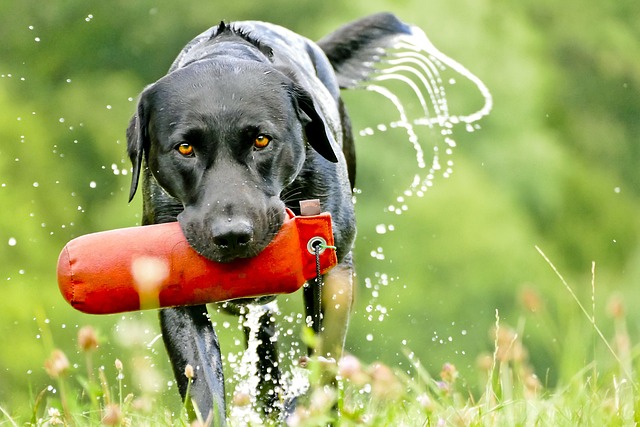Many dog owners find themselves searching for solutions on how to train a dog not to bark at others, especially when walks turn into a chorus of unwanted noise. But if you pause for a moment, barking isn’t just a random habit; it’s a form of expression, deeply rooted in your dog’s emotional world. The first step to finding humane ways to reduce dog barking at people is to step into your dog’s paws and look at the situation through their eyes. Often, dogs bark at strangers because of fear, anxiety, excitement, or a need to alert their humans. Recognizing subtle signals—like lip licking, yawning, or a tense body posture—can help you catch stress or fear before it escalates into barking. Empathy is essential, and understanding your dog's emotional triggers for barking forms the foundation of meaningful change.
It’s tempting to reach for traditional obedience-based dog training to stop barking at strangers. Yanking on the leash, using harsh words, or relying on anti-bark devices might quiet the noise temporarily. But these approaches often overlook the emotional reasons driving the behavior. Suppressing a bark without addressing its root can sometimes intensify your dog’s anxiety or cause the problem to pop up in other forms, like chewing or pacing. Instead of suppressing the symptom, true progress comes from addressing the cause—your dog’s feelings of discomfort or insecurity around unfamiliar people.
Counterintuitive dog barking training techniques take a different path, focusing less on the act of barking and more on the feelings that trigger it. Positive reinforcement, desensitization, and counter-conditioning are powerful tools here. For example, rather than punishing a bark, you might reward your dog for calm behavior in the presence of strangers, helping to rewrite the emotional script. Gradually exposing your dog to triggers in a controlled way, while pairing the experience with treats or toys, teaches them that strangers aren’t so scary after all. This emotional shift leads to more lasting changes than any quick fix.
Putting emotional-based training into practice starts with observation. Begin by identifying what sets your dog off. Is it people in hats, kids on skateboards, or just anyone walking by? Once you have a list of triggers, set up short, controlled encounters at a distance where your dog notices but doesn’t bark. Reward calmness with treats or affection. Over time, decrease the distance slowly, always watching for signs of stress. If your dog starts to get tense, increase the distance again. Consistency is key—practice these sessions in different settings and with various types of strangers. Patience pays off, and it’s better to move slowly than to push too hard and have a setback. Remember, the goal isn’t just silence; it’s a dog who feels safe and confident in the world.
Tracking progress is important. Keep a simple log of your dog’s reactions: what triggers barking, how intense it is, and how your dog responds to training sessions. This helps you spot patterns and adjust your approach. Some dogs may need more time, while others might breeze through certain steps. Celebrate small victories—maybe today your dog looked at a stranger and glanced back at you for a treat instead of barking. That’s progress worth rewarding. And if you hit a plateau, don’t be afraid to change tactics or seek professional help. Every dog is unique, and flexibility is part of the process.
If you want to dive deeper into canine psychology or explore more positive training methods, there are plenty of resources available. Connecting with a certified trainer or canine behaviorist can be invaluable, especially for dogs with a history of trauma or severe anxiety. Look for professionals who emphasize rewards and understanding, rather than punishment. Exploring further reading about emotional triggers and humane training will expand your toolkit and reinforce your commitment to your dog’s well-being. Ultimately, learning how to train a dog not to bark at others isn’t just about peace and quiet—it’s about building trust, reducing stress, and helping your dog feel at home in a busy world.




